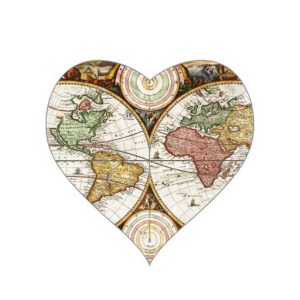
Happy, Healthy, and HOT in Hampi
Hampi is famous for its ancient ruins and boulder-strewn landscape. It was once the capital of the Vijayanagara Empire in the 15th century and was home to half a million inhabitants and 1500 elephants. It’s currently population is less than 3000 and there’s only one elephant. It is divided into a Royal Center, where the Vijayanagara King and Queen lived, and a Sacred Center, which is where most of the temples are located. Most of it is free to explore, but you can also hire guides and do various types of tours. Aside from being fascinating and gorgeous, it is also hotter than hell in Hampi.

Just a typical vista in Hampi

Just a typical vista in Hampi

Why, what long horns you have, Mr. Ox

Virupaksha Temple, built in the 7th century to honor the Hindu god Shiva. A UNESCO World Heritage site.
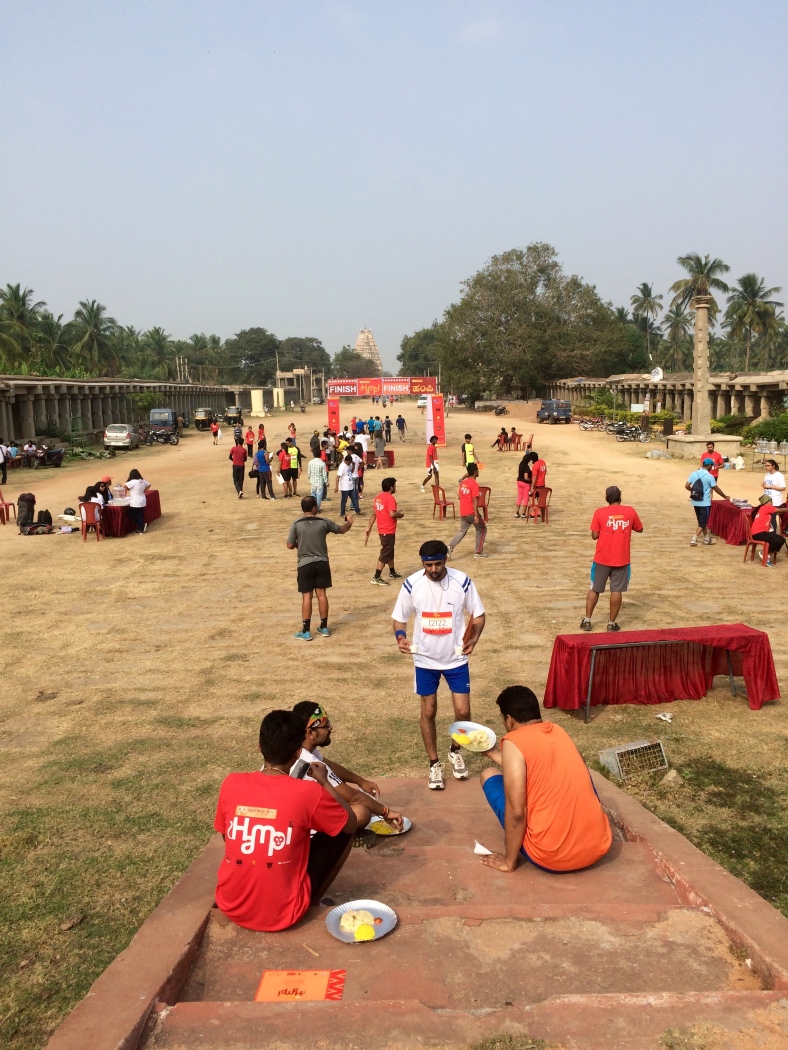
A marathon was held in Hampi while we were there. Cost to run the marathon? $2 USD

Some of many ruins in Hampi



A shrine to the goddess Mahalaxmi
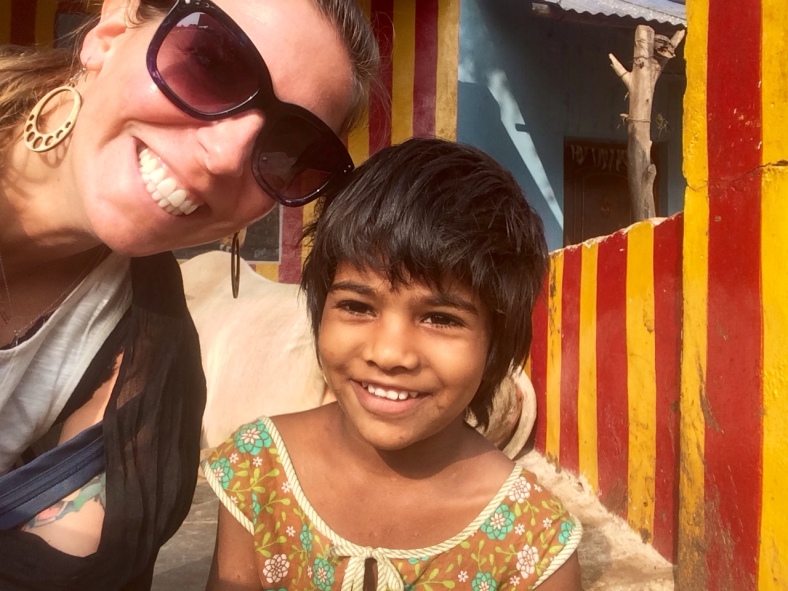
A super friendly local child

She wanted to play, play, play







Our favorite Hampi restaurant, The Mango Tree

Thali at the Mango Tree

Typical sight in Hampi: threshold decorated elaborately with chalk, sandals outside, motorbike

The Tungabhadra River that flows through Hampi

The Tungabhadra River that flows through Hampi

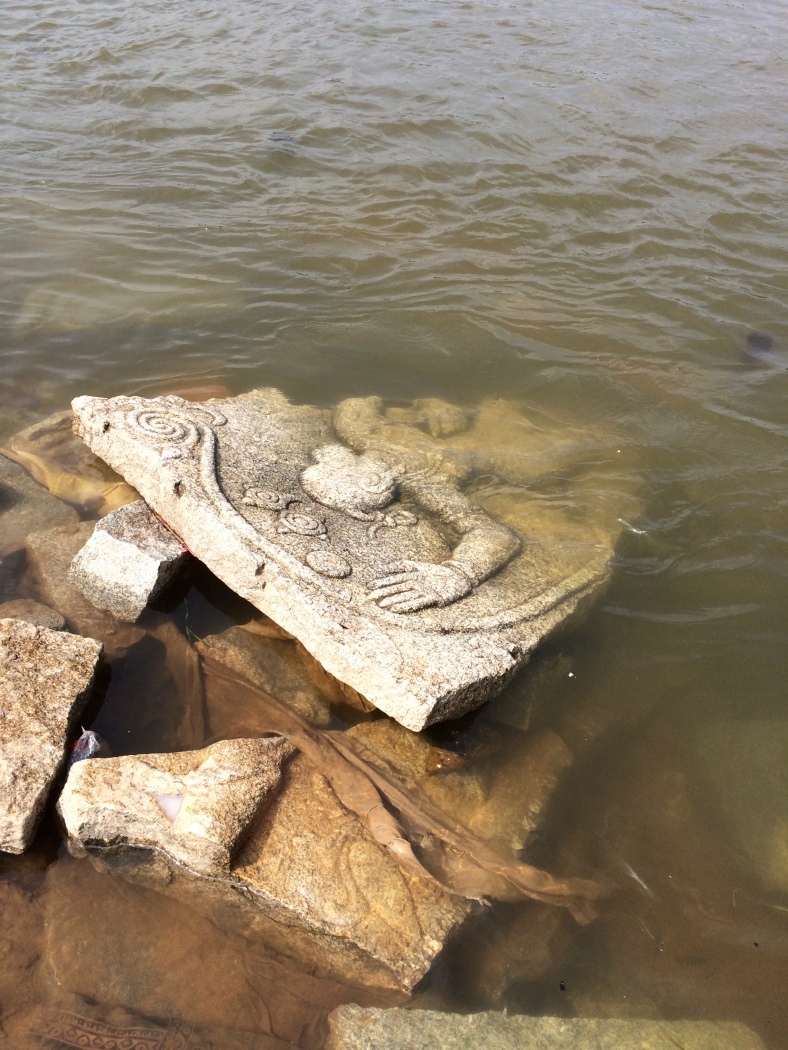
This artifact is probably about 300 years old and it’s just chillin’ in the river… WHAT?!

Woman bathing, fully clothed, in the river. This is very common all over India.

Coconut meat

Thought this was funny for a few reasons
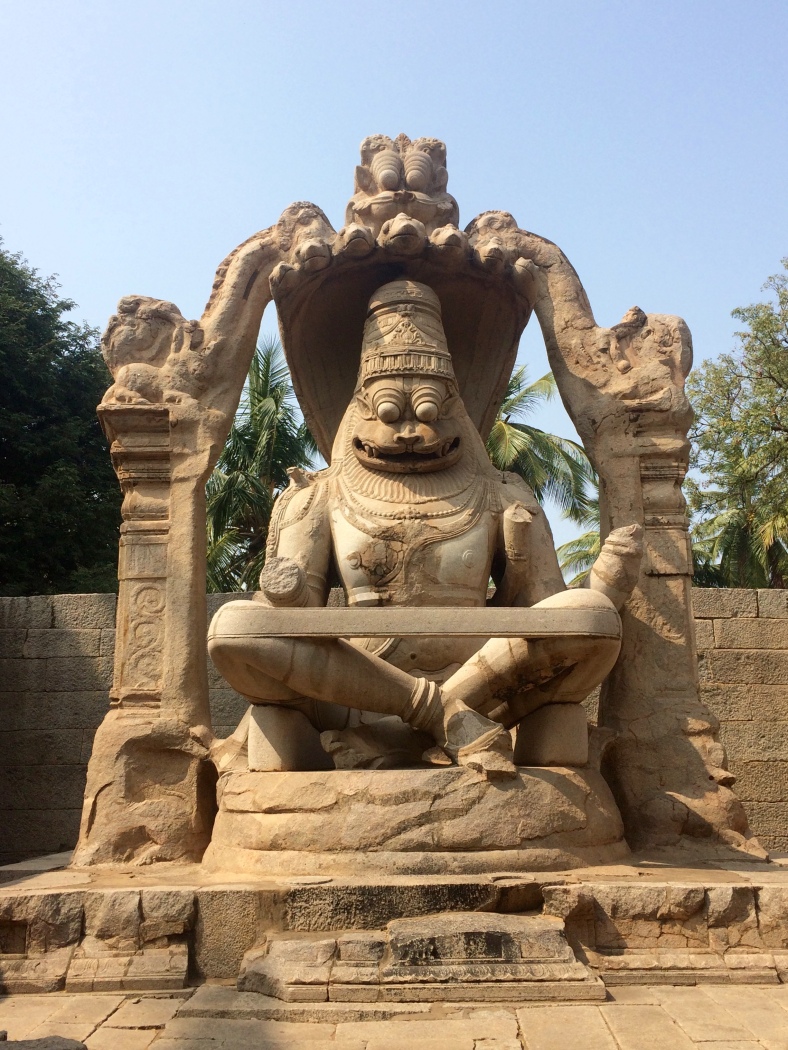
Lakshimi Narasmiha sculpture




Holy cows and holy temples

Sunsets in Hampi are breathtaking
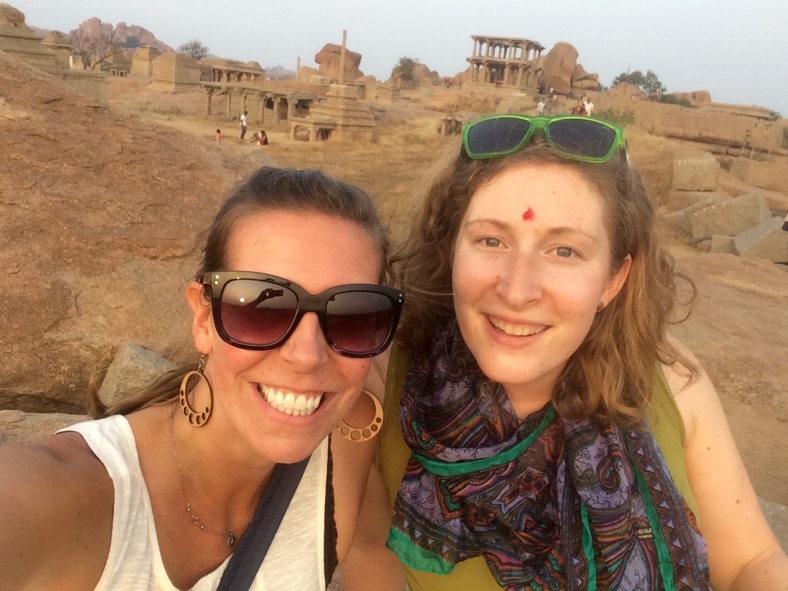

We did a half day bike tour of the ruins and it was so stinking’ hot

Monolithic sculpture of Ganesha, the elephant-headed god, dated back to 1500 AD

Banana vendor

I wanted a photo of these little girls because I loved their brightly colored dresses. They were happy to oblige, and then…

…their entire family also wanted to be in the photo.

Sugar cane juice in the making. It’s damn good.

Nandi the bull, Hindu god Shiva’s ride

An ancient stepped tank

Ruins from 1500 AD. They obviously utilized elephants, camels, and horses back then.

Banoffee pie, a strange but tasty dessert made with coconut, cashews, sugar, and milk

Indian women climbing the hill

A pillar showing the 10 incarnations of Shiva

Hampi

Saris laid out to dry after being washed in the river

Jubilation

Climbing the 610 steps to the Hanuman/Monkey Temple

View from the top of the Hanuman/Monkey Temple

View from the top of the Hanuman/Monkey Temple

View from the top of the Hanuman/Monkey Temple

View from the top of the Hanuman/Monkey Temple

View from the top of the Hanuman/Monkey Temple

View from the top of the Hanuman/Monkey Temple

Staircase leading to the top of the Hanuman/Monkey Temple


We were in Hampi during India’s Independence Day. Apparently there was a parade in the morning while we were asleep, but nothing else happened to commemorate the holiday.

Rice fields

Sanapur Lake on the “other side of the river”

Sanapur Lake on the “other side of the river”

Sanapur Lake on the “other side of the river”

More ride fields

Getting a motorcycle across the river by boat

Part of the Royal Center, the Lotus Mahal was apparently the Vijayanagara Queen’s mansion

Lotus Mahal

Lotus Mahal in the Royal Center
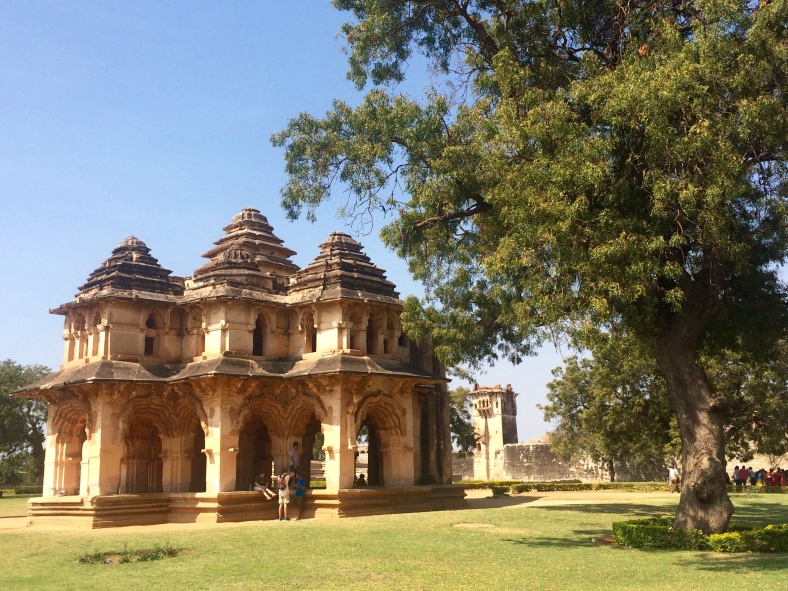
The Ladies’ Quarters in the Royal Center

The elephant stables in the Royal Center

The elephant stables in the Royal Center

We met Dev a few days earlier on the bus and then we ran into him again on the street, so he and his friend joined us for our ruins tour

The Vittala Temple complex, built in the 15th century

The Vittala Temple complex, built in the 15th century

The Stone Chariot in the Vittala Temple complex

Musical pillars that sound like different instruments when tapped

Our rickshaw driver and new friend, Tiger

Tiger gifted me this beautiful flower bouquet

Tiger also let me drive his rickshaw. It was fun but terrifying!

“Driving” a rickshaw, a reenactment

Saying goodbye to our friend Tiger. He gave Maren this teddy bear.

Indians don’t usually show their teeth in photos, so they always look sad. We forced Tiger to give the biggest smile he could muster for this photo.

Street cooking set up
